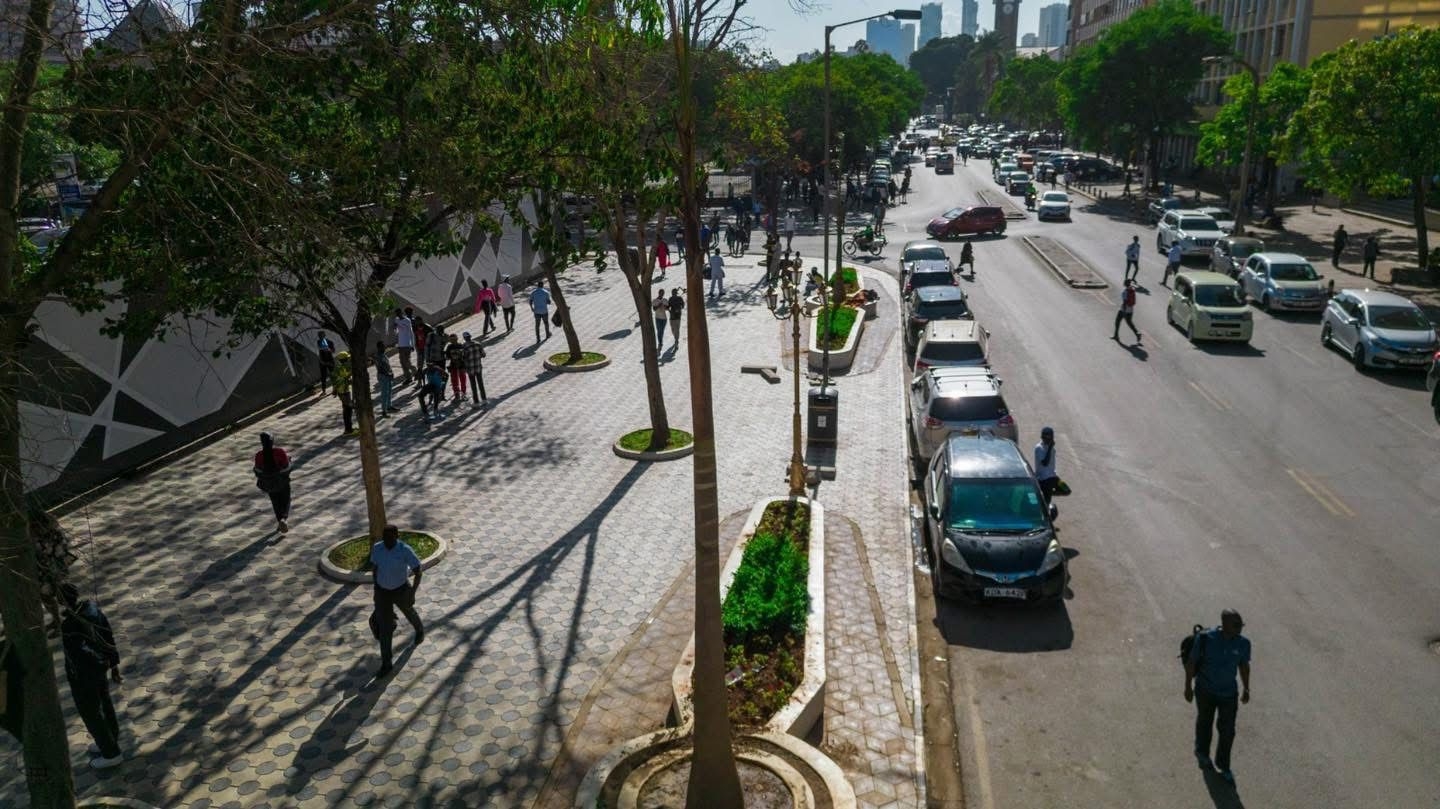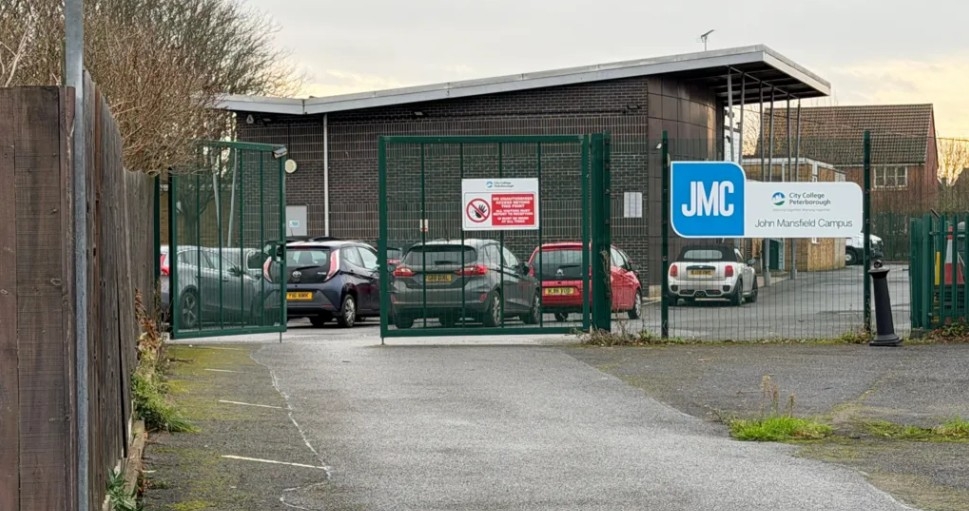 Jane allowed her case to be documented, highlighting both her struggle and the surgical milestone.
Jane allowed her case to be documented, highlighting both her struggle and the surgical milestone.
Instead, she would strenuously pass stool through a tiny opening in her vagina, a birth defect known as a recto-vestibular fistula.
Her mother says she avoided taking her for surgery because the family could not afford it.
Jane, whose name has been changed for privacy, learned early on to hide the secret, planning her days around when and where she could find privacy. That meant keeping friendships at arm’s length. Sleepovers were out of the question.
Now, 19 years later, she has a new chance to live with dignity, thanks to a rare and complex surgery performed by medics at the Kenyatta National Hospital (KNH).
Jane allowed her case to be documented in the American Journal of Case Reports, highlighting both her struggle and the
surgical milestone.
"She was a reserved and introverted young woman residing with her parents, hesitant about using public toilet facilities and, when possible, opting to use the toilet at home. Following her recent admission to a boarding secondary school with more communal areas, including washrooms, she decided to seek medical care,” wrote Dr Brian Bichanga, one of the seven medics who attended to her. Dr Bichanga is a pediatric surgery resident from the University of Nairobi, based at KNH.
Anorectal malformations - known as ARMs - are birth defects that leave babies without a normal anal opening. Globally, about one in every 5,000 babies is born with some form of ARM. In wealthier countries, it is usually detected at birth and corrected early. But in many parts of Africa, children can slip through the cracks, especially if the malformation does not cause a life-threatening blockage immediately.
In Jane’s case, the stool found its way out through the vagina. But this unnatural opening caused constant constipation, leaks, infections and endless embarrassment. The report says she used stool softeners and stayed home as much as possible.
Her life changed when she joined a boarding secondary school, and she had to share toilets. Her constant fear of exposure pushed her to finally seek help. Dr Bichanga and six other colleagues at KNH confirmed had been born without an anus.
“Physical examination confirmed the absent anal opening and a recto-vestibular fistula, with hard stools on digital rectal examination,” they wrote in the report published early this month.
It is titled, “Adult Presentation of Anorectal Malformation: A 19-Year-Old Woman with a Delayed Diagnosis of Recto-Vestibular Fistula.”
They took her through a carefully planned journey that took nearly a year and involved three major operations. First, surgeons gave her a temporary colostomy, redirecting her stool to a bag on her abdomen so her bowels could rest. Months later, they created a new anal passage and positioned it inside her body’s natural muscle system, giving her the chance to control her bowels for the first time in her life.
“Compared to infants and children, surgery for adult patients with ARM presents greater technical challenges,” the team noted, citing previous research. The older a patient is, the harder it is to rework the tissues, nerves and bones that surround the pelvic area.
Her final surgery took six hours. Surgeons placed her under general anaesthesia, repositioned her in a prone jack-knife position, and carefully mapped the muscles that would form her new sphincter. They separated the rectum from the vaginal wall — freeing it from the only passage it had ever known — and stitched it into a new opening calibrated precisely to allow normal stool flow.
A close-up image of the surgery, which the surgeons shared, shows they cut open her private parts and carefully pulled out her rectum — the final part of the large intestine — freeing it from where it was wrongly connected.
They then cut open a new slit, guided by the body’s natural muscle system, and carefully stitched the rectum there, thus creating a new anal opening.
The operation went well, but the recovery was long. Part of her wound reopened and had to heal slowly.
She could not control stool and gas for more than a month. But with help from nutritionists, pelvic floor physiotherapists and a psychologist, she slowly learned how to use her new muscles.
“She was discharged home on the stool softeners after five weeks and advised to continue to perform pelvic floor exercises. During the short-term follow-up period of 4 months, she has stayed continent and has recently transitioned from daily to occasional stool softener use,” the surgeons' report.
Today, Jane’s life is not yet perfect, but she says she feels free. She can use a normal toilet, share public washrooms without fear and dream of a future without hiding. Doctors say she is expected to live normally, bear children through the normal vaginal route, and lead a healthy life just like any other young woman.
She has been extensively counselled.
“Feedback from the patient indicated that psychological support was instrumental in reducing anxiety, improving her confidence, and helping her engage more comfortably in social settings,” Dr Bichanga and his colleagues said.
The other medics are doctors Francisca Syovata, Caroline Mwende and Joel Lessan of the KNH. Others are Yvonne Olwang, Sarah Okebe, and Peter Mwika of UoN.












